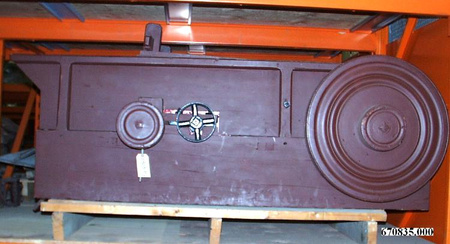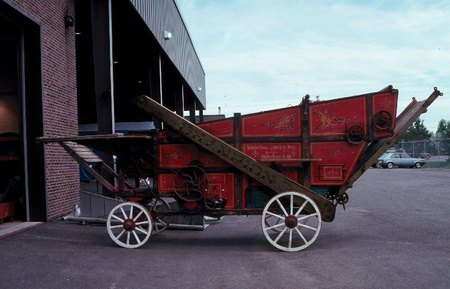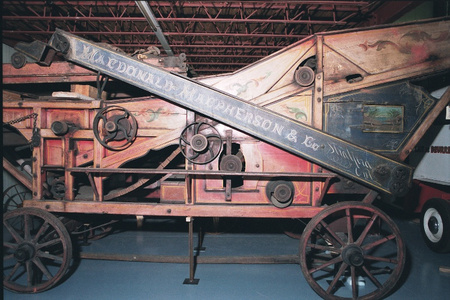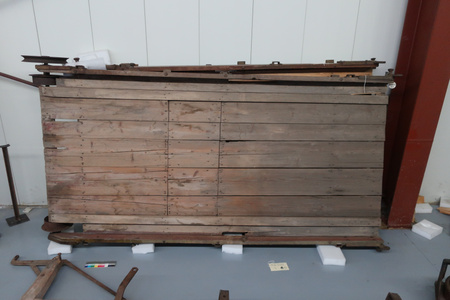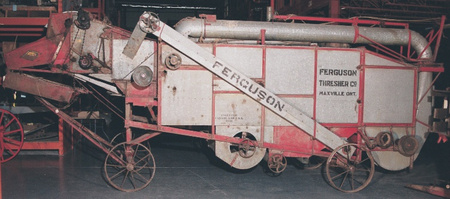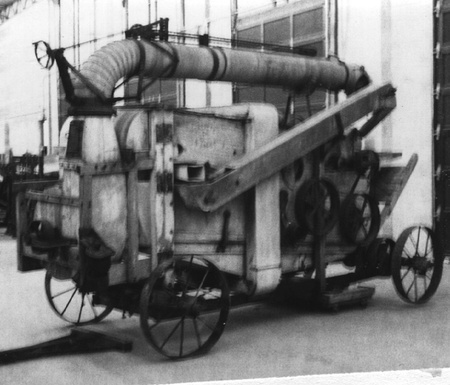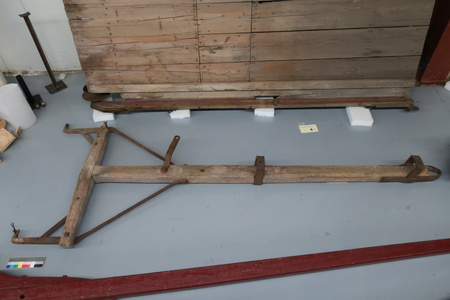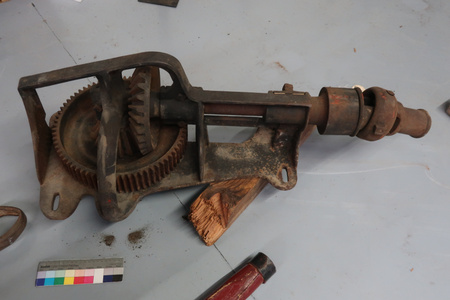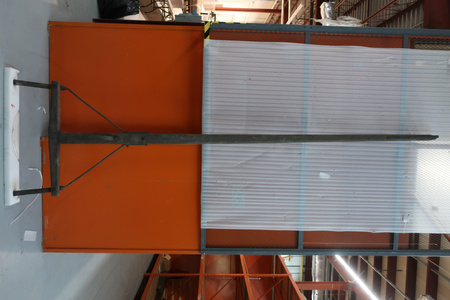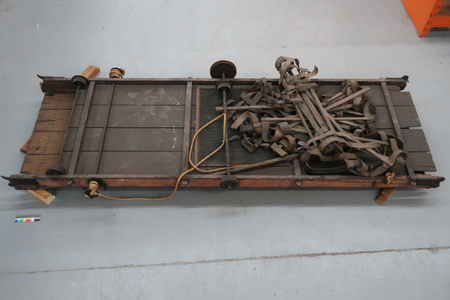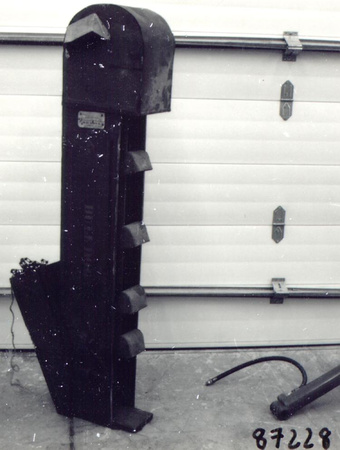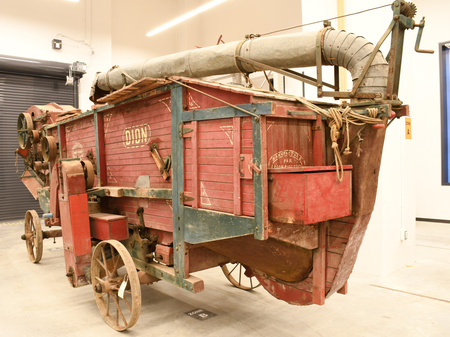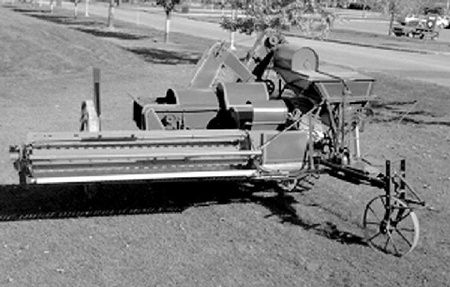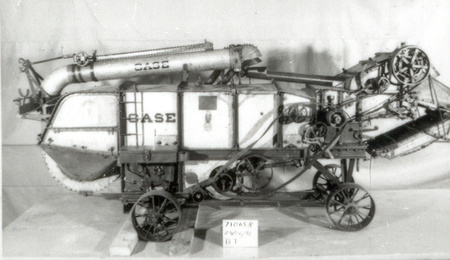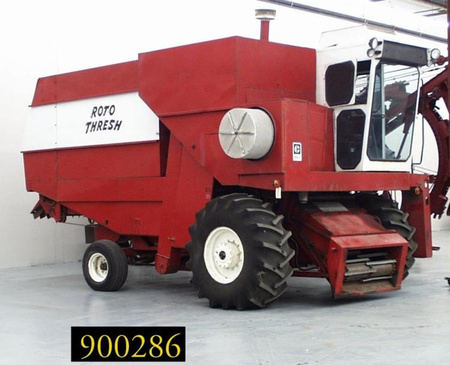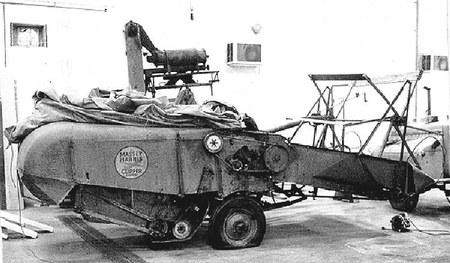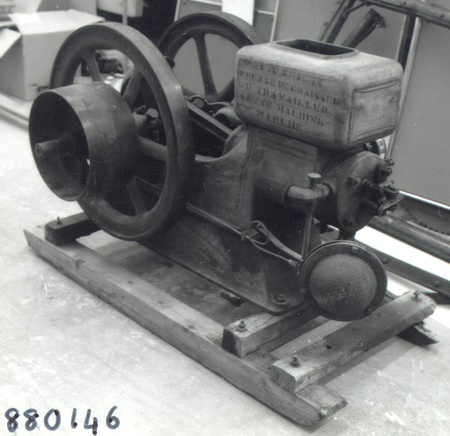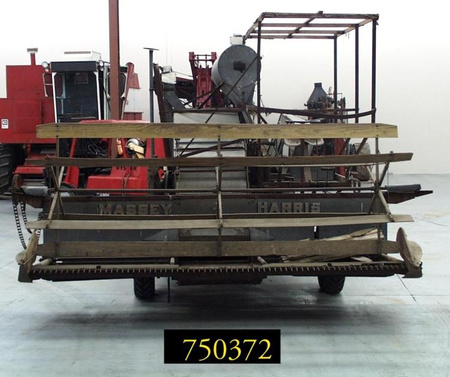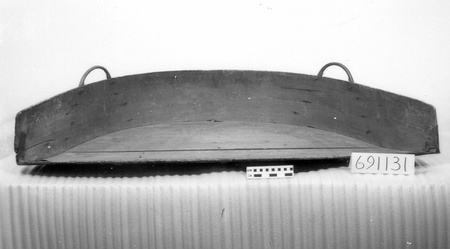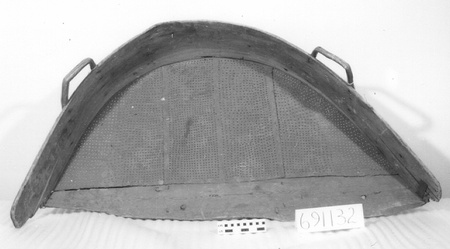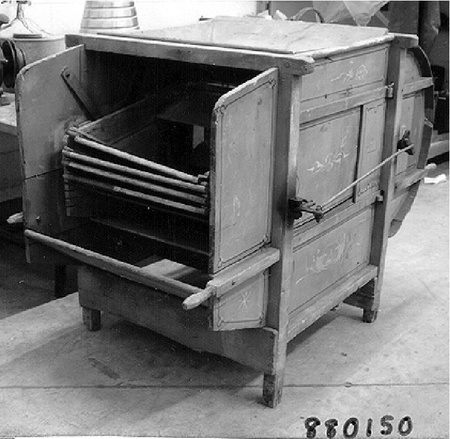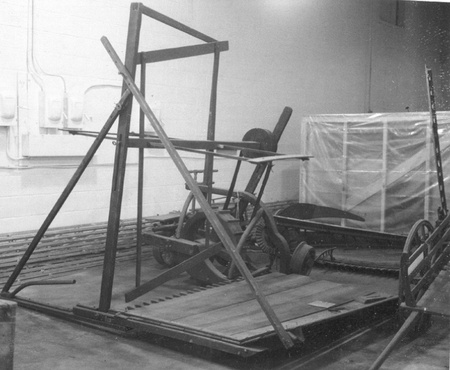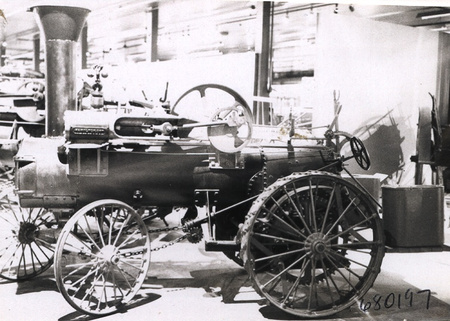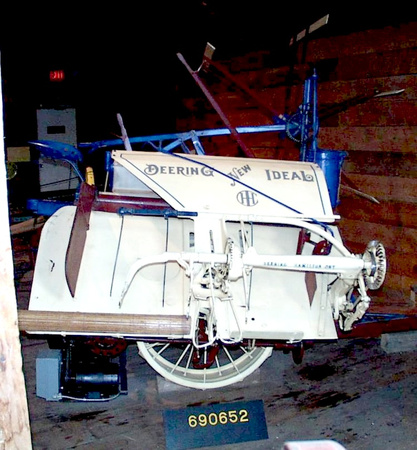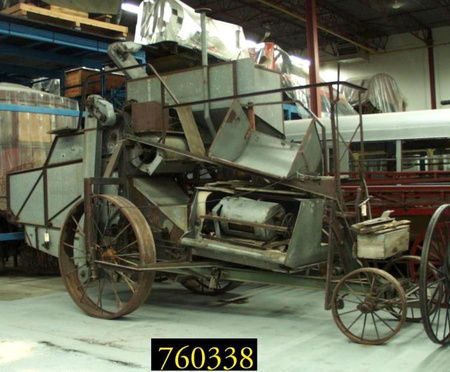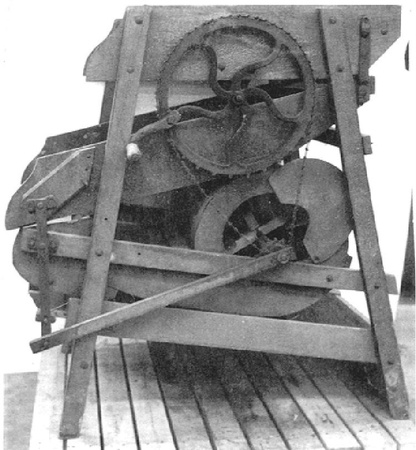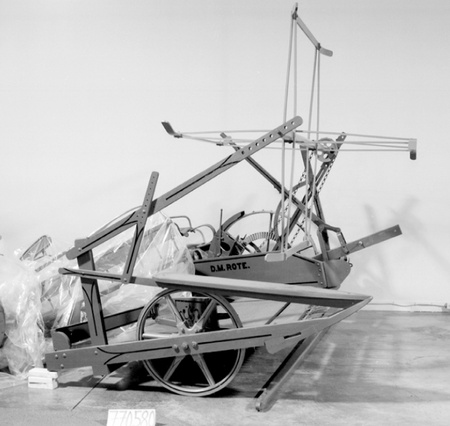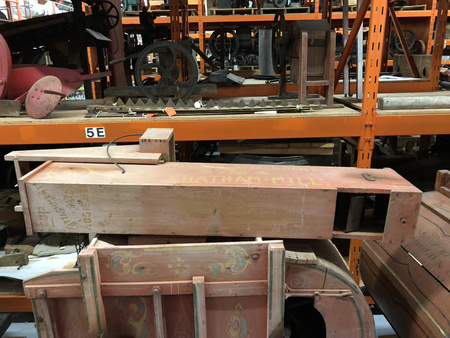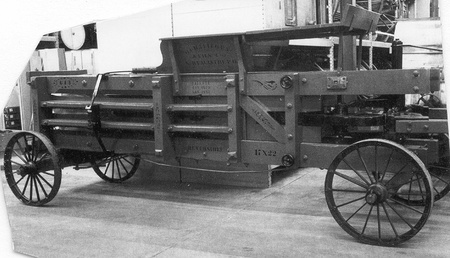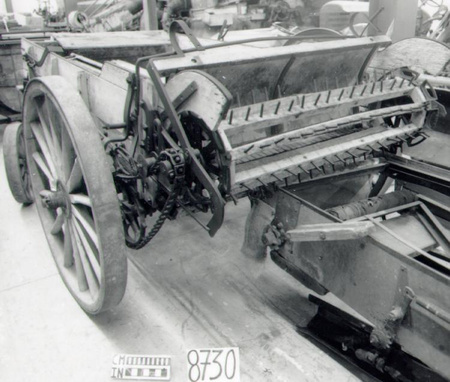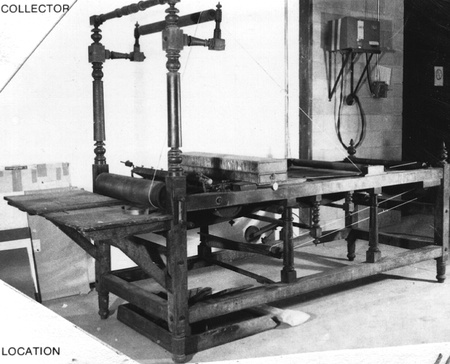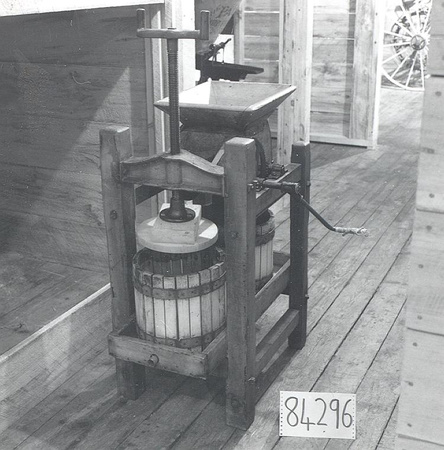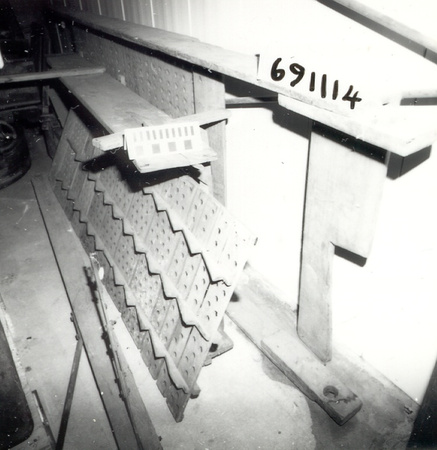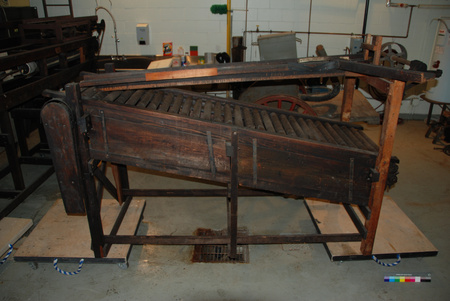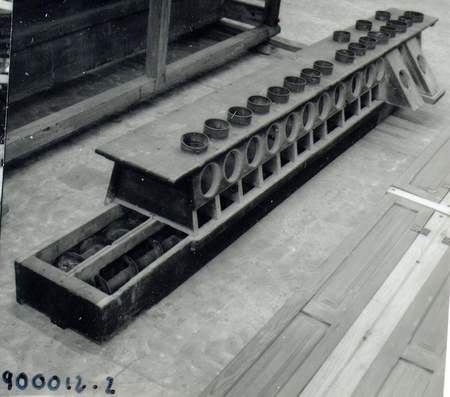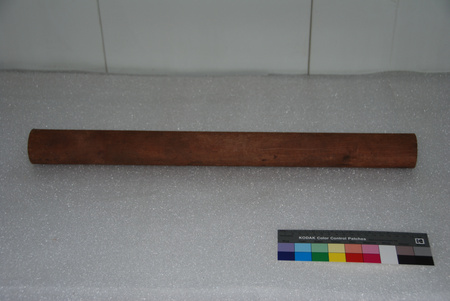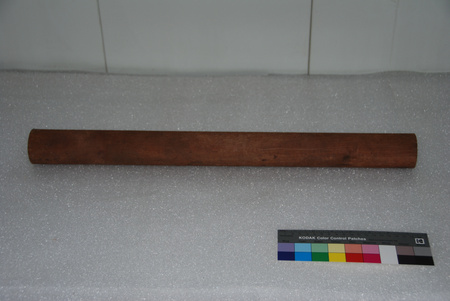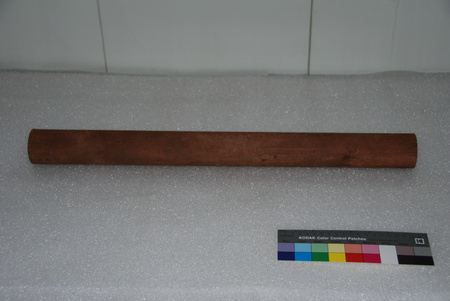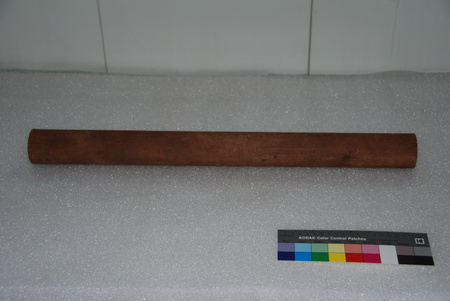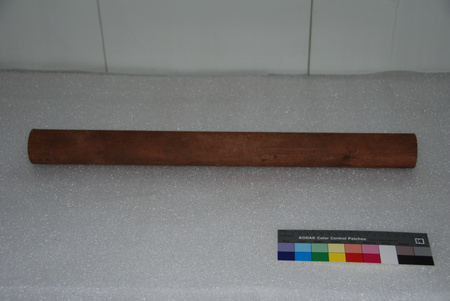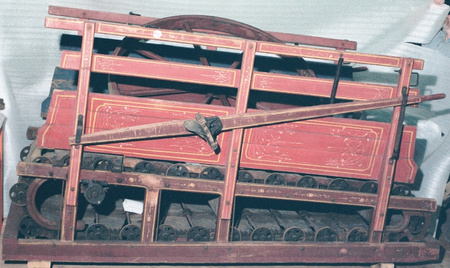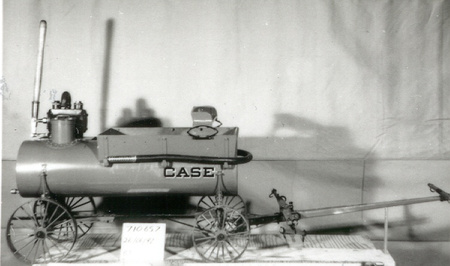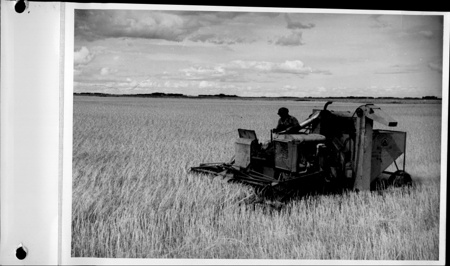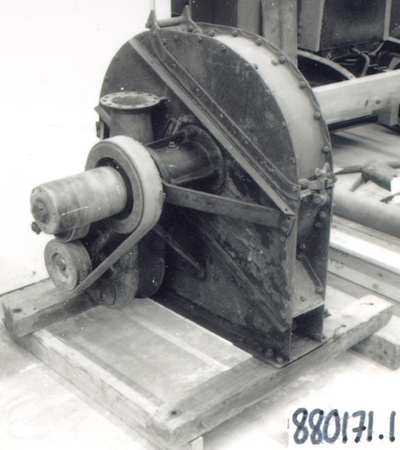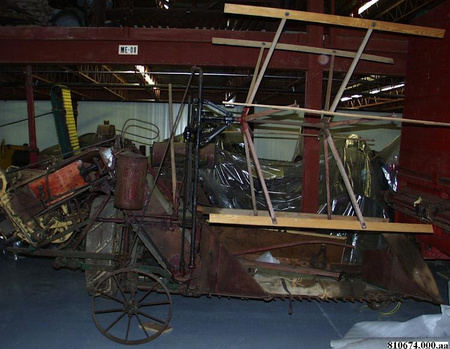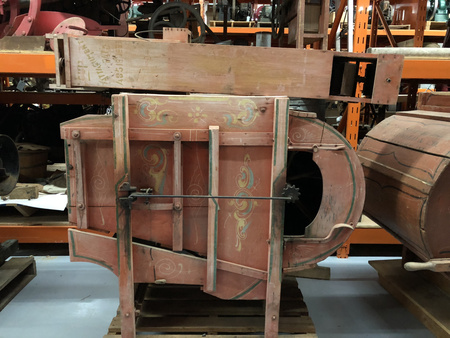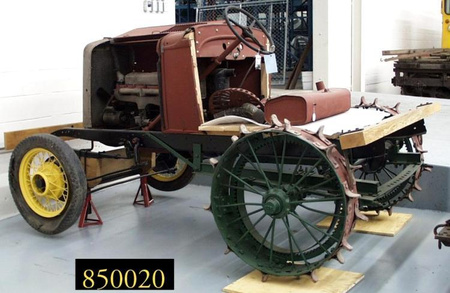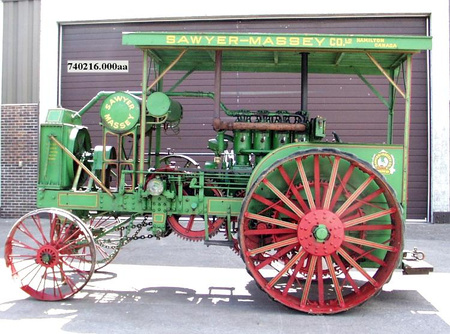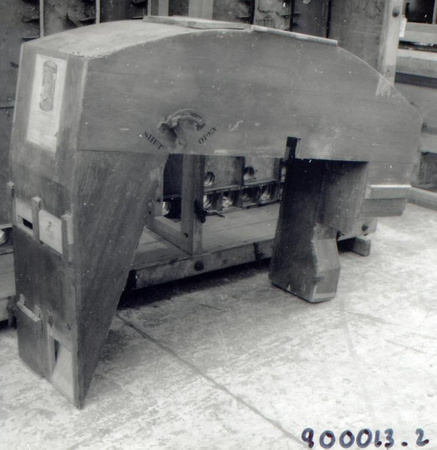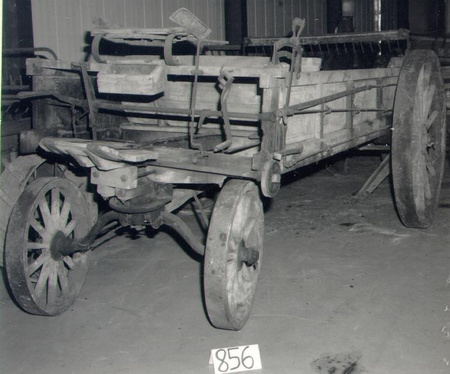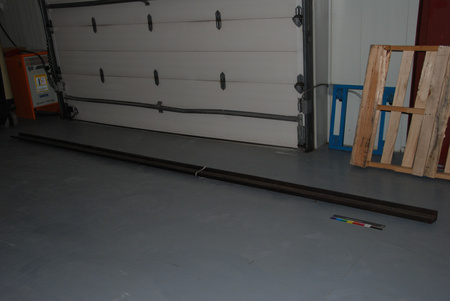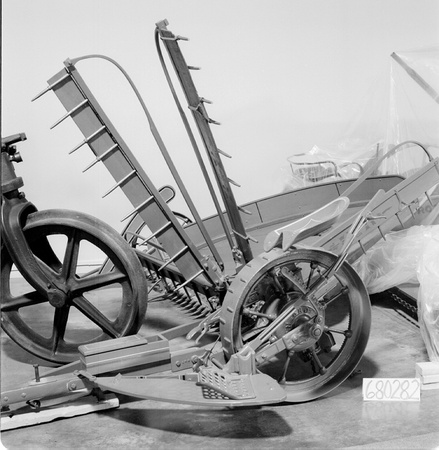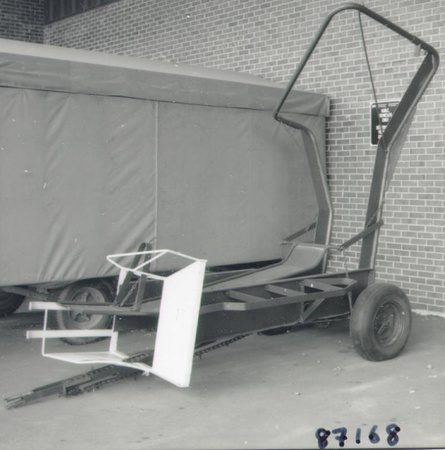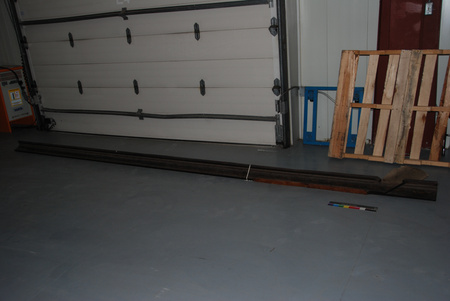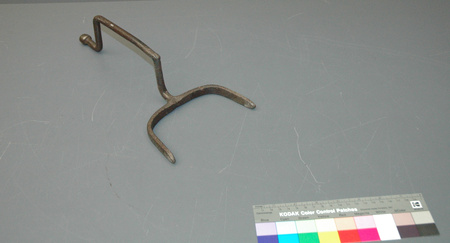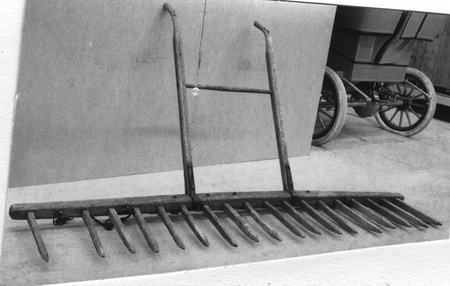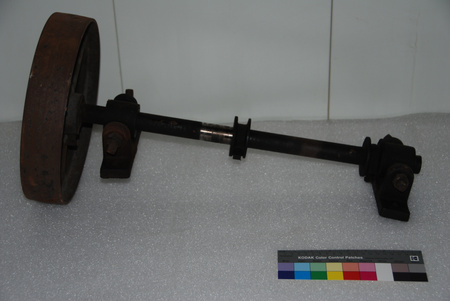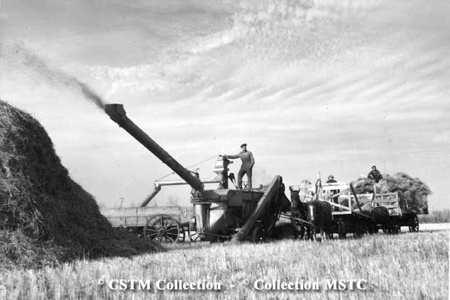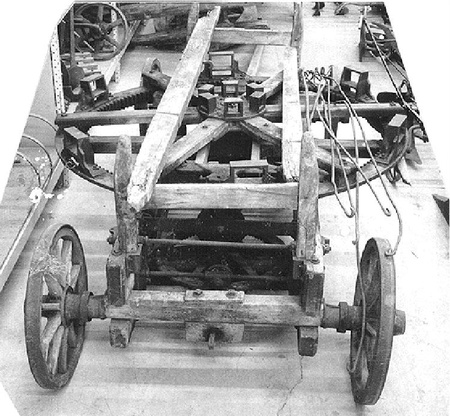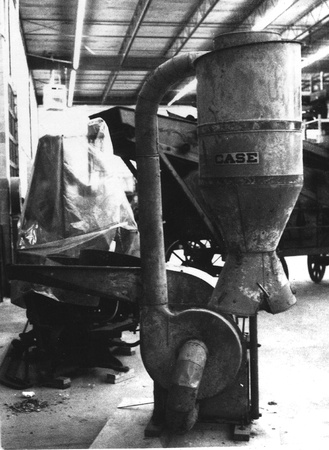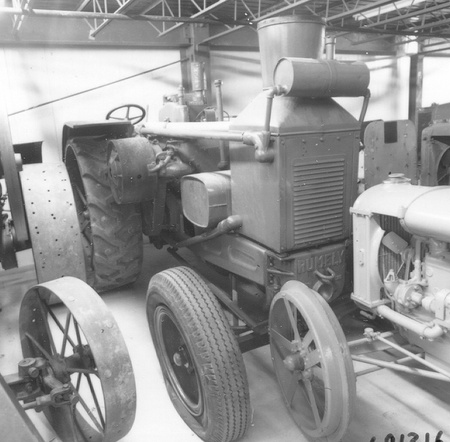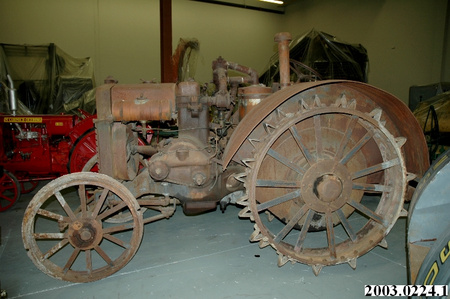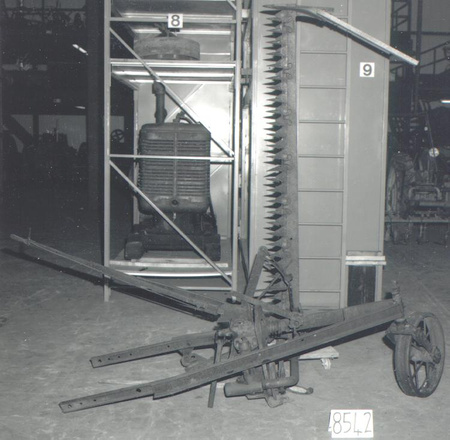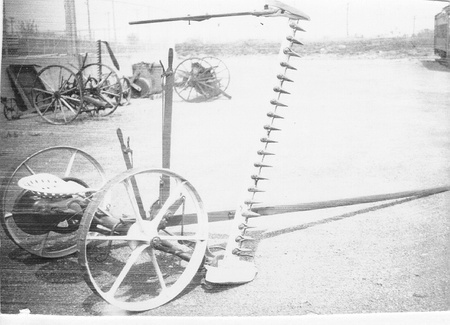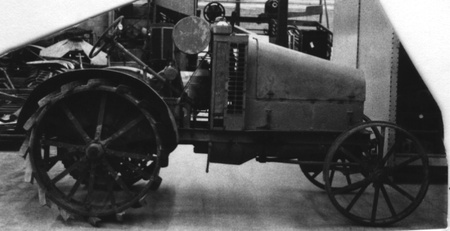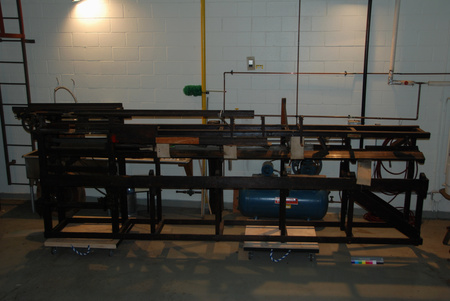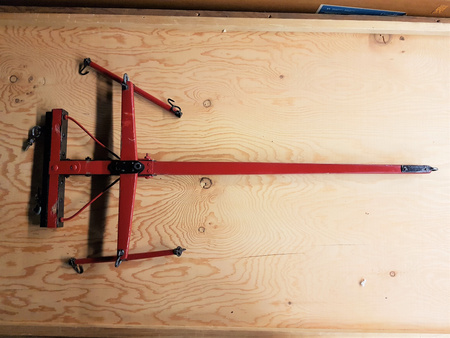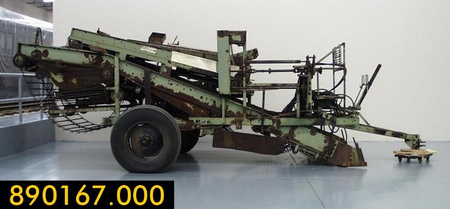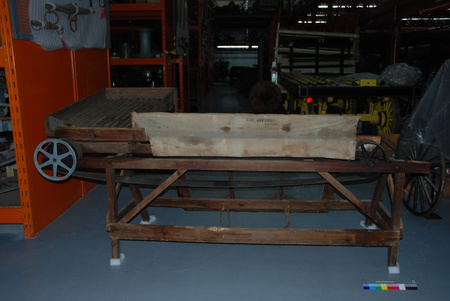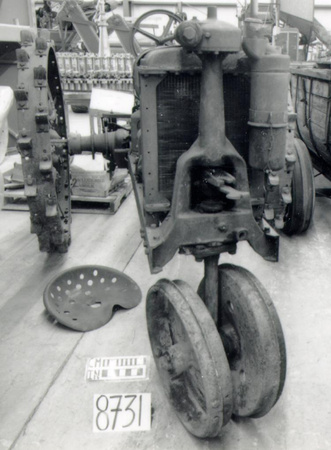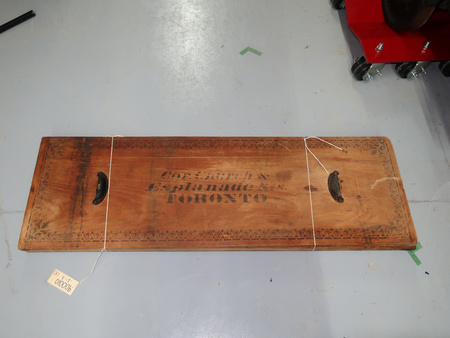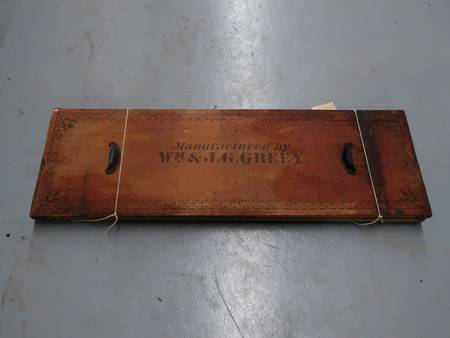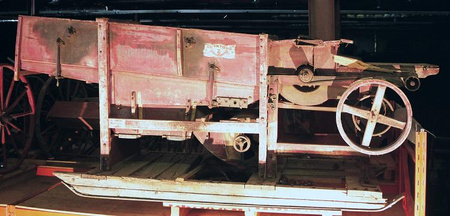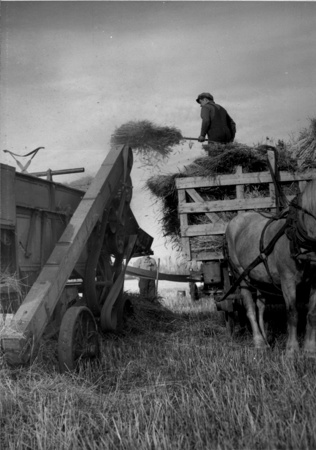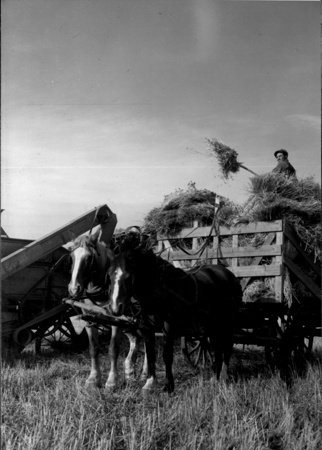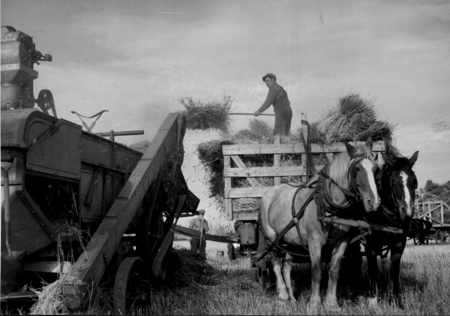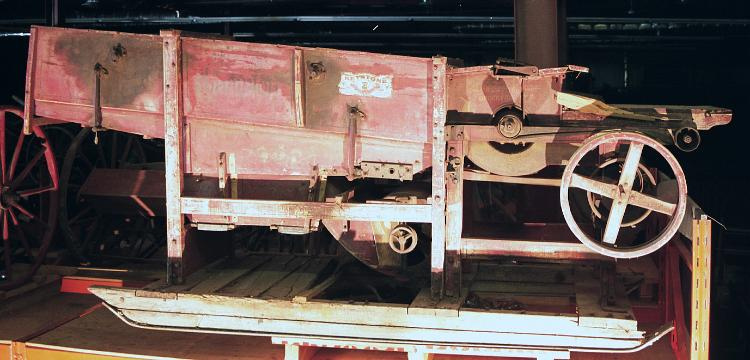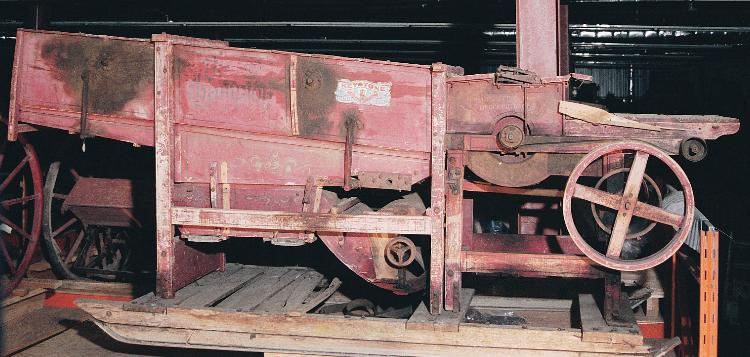Thresher
Use this image
Can I reuse this image without permission? Yes
Object images on the Ingenium Collection’s portal have the following Creative Commons license:
Copyright Ingenium / CC BY-NC-ND (Attribution-NonCommercial 4.0 International (CC BY-NC 4.0)
ATTRIBUTE THIS IMAGE
Ingenium,
1971.0572.001
Permalink:
Ingenium is releasing this image under the Creative Commons licensing framework, and encourages downloading and reuse for non-commercial purposes. Please acknowledge Ingenium and cite the artifact number.
DOWNLOAD IMAGEPURCHASE THIS IMAGE
This image is free for non-commercial use.
For commercial use, please consult our Reproduction Fees and contact us to purchase the image.
- OBJECT TYPE
- ENDLESS APRON/WOOD/HAND FEED
- DATE
- 1895
- ARTIFACT NUMBER
- 1971.0572.001
- MANUFACTURER
- LEGARE, P.T.
- MODEL
- CHAMPION AMERICAN
- LOCATION
- Quebec, Canada
More Information
General Information
- Serial #
- N/A
- Part Number
- 1
- Total Parts
- 1
- AKA
- N/A
- Patents
- N/A
- General Description
- WOOD
Dimensions
Note: These reflect the general size for storage and are not necessarily representative of the object's true dimensions.
- Length
- 487.0 cm
- Width
- 122.0 cm
- Height
- 137.0 cm
- Thickness
- N/A
- Weight
- N/A
- Diameter
- N/A
- Volume
- N/A
Lexicon
- Group
- Agriculture
- Category
- Crop handling
- Sub-Category
- N/A
Manufacturer
- AKA
- LEGARE
- Country
- Canada
- State/Province
- Quebec
- City
- Unknown
Context
- Country
- Unknown
- State/Province
- Unknown
- Period
- Unknown
- Canada
-
This thresher was produced by P.T. Legaré, a prominent Quebec manufacturer of agricultural equipment. Founded in 1879 by Pierre-Théophile Legaré, the company manufactured a range of equipment, including threshers, seeders, and cultivators. It was well-known in French-speaking agricultural districts throughout Quebec, Eastern Ontario and northern New Brunswick. - Function
-
Threshers separate or "thresh" grain from the head. They also separate grain kernels from the straw and chaff, cleaning the grain. Threshers were first developed in Europe in the late 18th century and mechanized the separation of grain, which was previously done by hand with tools such as flails. The first threshing machines were stationary: powered by hand or treadmill, they increased the amount of grain a farmer could separate in a day. Wheeled threshing machines began to replace stationary threshers in the 1860s and further mechanized grain harvesting. Threshers were initially built of wood and powered by horse-powered windlasses; they were later built of steel and powered by steam traction engines and gas tractors. Threshers were in turn replaced through the twentieth century by combine harvesters, which merged harvesting and threshing operations in one machine. - Technical
-
This is an example of hand-fed thresher, equipped with a fanning mill and apron conveyor. This hand-fed thresher is equipped with a fanning mill and apron conveyor, technology first introduced in the 1860s. Designed as a stationary thresher with a 22-inch threshing, this small thresher was powered by a horse power or treadle. It was designed for and marketed to smaller eastern Canadian farm operations that could not afford or fully take advantage of the larger wheeled threshers that were also then on the market. - Area Notes
-
Unknown
Details
- Markings
- N/A
- Missing
- From CA of 06/23/1997 by Carrie Misener: Yes - some parts appear to be missing
- Finish
- RED/ ON SKIDS
- Decoration
- N/A
CITE THIS OBJECT
If you choose to share our information about this collection object, please cite:
LEGARE, P.T., Thresher, circa 1895, Artifact no. 1971.0572, Ingenium – Canada’s Museums of Science and Innovation, http://collection.ingenium.ca/en/id/1971.0572.001/
FEEDBACK
Submit a question or comment about this artifact.
More Like This
